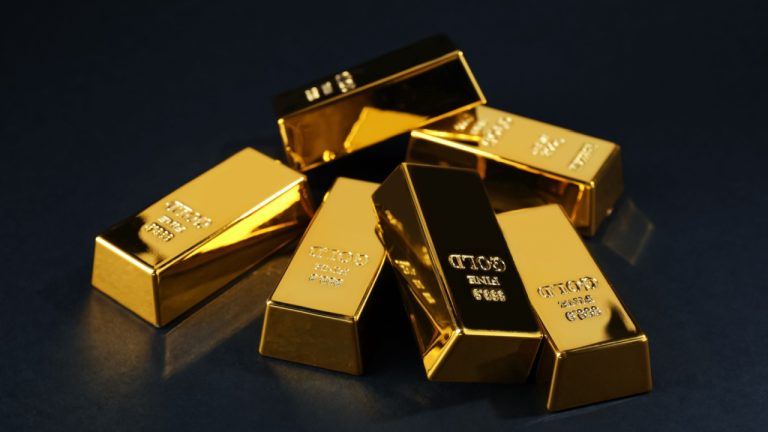
Atari has teamed up with Pixels.com for physical NFT artworks and Investopedia has given a rundown on NFT tax law.
NFT music on Winamp
Old school classic PC-friendly media player Winamp has rolled out support for Ethereum and Polygon-based music nonfungible tokens (NFTs) in the latest update of its desktop player.
Winamp has been around since 1997 and was one of the most popular media players for PC users but has since been overtaken by Windows Media Player and Apple’s dominant iTunes.
It has a reputation for supporting a wide range of media files, and in the latest update announcement on Dec. 7 the Winamp team noted that NFT support is officially live and ready to go.
@winamp I have fond memories of Winamp from back in my youth. Are we ever going to see a official integration with @Spotify? I'd love some sweet early 2000's visualizations with my beats
— Sjoerd Stottelaar (@sjoerds) December 6, 2022
Users can now connect their Metamask wallets from a host of browsers, and load up the music embedded in ERC-721 and ERC-1155 tokens minted on Ethereum and Polygon.
“The genesis of Winamp has always been about accessibility and innovation, and today we are proud to launch the very first standalone player reading audio NFTs, as well as any other existing formats,” said Winamp CEO Alexandre Saboundjian in a statement.
There could soon be a lot of Polygon-based music NFTs to choose from as well. The team behind the Ethereum scaling solution also announced on Dec. 7 that it had partnered with Warner Music and LGND Music to build a “collaborative, digital collectible” music platform.
The platform, dubbed LGND Music, is set to roll out in January 2023 and will provide users with a user-friendly on-ramp to buy and hodl music NFTs.
With a seamless, easy-to-use on-ramp, you can buy & own music tokens, even if you’re not familiar with digital collectibles.
— Polygon - MATIC (@0xPolygon) December 6, 2022
Rolling out in Jan 2023 and collaborating w/ the world’s leading dance record label, @SpinninRecords
Investopedia: NFT taxes explained, hire an accountant
Financial media website Investopedia has published a detailed run-down of NFT tax law in the United States emphasizing that people should probably hire a tax professional if they don’t want the Internal Revenue Service (IRS) on their tail.
The website offers an extensive Wikipedia-style explanation for the various complicated terms in finance and finally added an NFT Tax Guide on Dec. 5.
A key takeaway is the IRS is yet to issue “specific guidance” about how to report gains and losses from NFT sales on tax returns, indicating there’s a big gray area to navigate for taxpayers.
Some NFTs will likely be classified as collectibles if they are purely art-focused, while others used for utility purposes, especially in relation to business use “may qualify for capital gains treatment.”
“The taxation of NFTs will fall somewhere between cryptocurrencies, which are taxed as property and have a long-term capital gains rate of 0-20% depending on income, and collectibles, which have a higher maximum capital gains rate of 28%,” the guide reads.
Crypto.com and Coca Cola’s World Cup NFTs
Crypto exchange Crypto.com and beverage giant Coca-Cola have partnered up to launch a unique set of NFTs depicting player heat maps from matches at the 2022 F World Cup.
According to a Dec. 5 announcement the artwork for the collection of 10,000 NFTs is being designed by digital artist GMUNK, who worked on popular sci-fi films Tron: Legacy and Oblivion. However, a specific launch date was not detailed.
Heat maps in soccer are generally used to show how a player performed during a game, as they indicate how much of the field they cover and which specific areas they spent the most time in.
The use of in-game data to create artwork may provide a novel way to create collectors items from major sporting events.

Atari’s new concept: Physical art
Japanese video game giant Atari has teamed up with print-on-demand firm Pixels.com to roll out a revolutionary concept revolving around printed NFT artwork.
Related: Malta prepares to revise regulatory treatment of NFTs
While some may be happy looking at their Atari NFT art digitally, others enjoy physical artwork.
To that end, according to a Dec. 6 announcement Atari NFT holders can now connect Ethereum-based wallets to Pixels and transform them into framed prints or posters.
Those who don’t own Atari NFTs can also just right-click and save the images of those specific NFTs, and then print them via Pixels anyway.
Other Nifty News:
Digital entertainment, blockchain and gamification company Animoca Brands has secured a majority stake in the Los Angeles-based music metaverse gaming platform Pixelynx.
A Chinese court in the city of Hangzhou has said NFT collections are online virtual property that should be protected under Chinese law.



